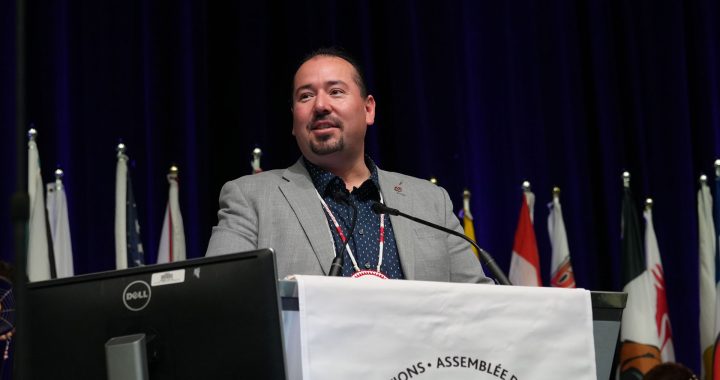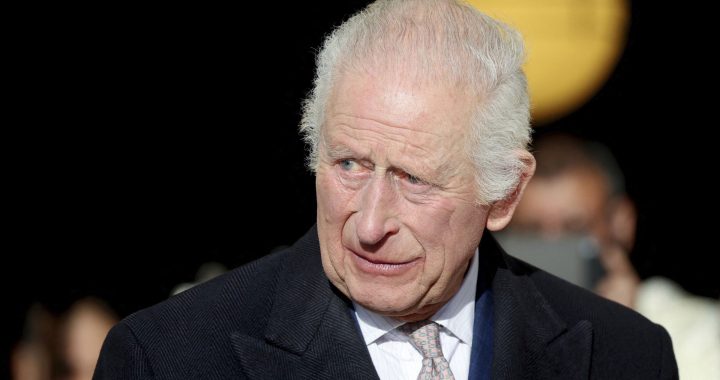Lindsay Richardson
APTN News
In five years, between 2011 and 2016, the “Aboriginal identity population” grew by 19.5 per cent – almost five times more than the country’s non-Indigenous counterparts, according to a Statistics Canada summary report.
At first glance, good news – but what does it mean?
“[This] population has been growing at a rate that far outpaces the growth of the non-Aboriginal population,” report authors Vivian O’Donnell and Russell LaPointe explain. “In both census periods, those who ‘entered’ the Aboriginal population outnumbered those who ‘left.’”
The newly-released report, “Response Mobility and the Growth of the Aboriginal Identity Population, 2006-2011 and 2011-2016,” uses National Household survey information obtained from Canadians living in private dwellings.
The data, however, raises alarms about the issue of possible assumed Indigenous identity, especially in areas of Eastern Canada.
There are practical explanations for a population upswing: consistently high birth rates and revelations about mixed ancestry are both factors. Legislative changes and court decisions have an impact, resulting in a data set that’s a “mix of self-identification and legal status,” the report says.
Also taken into account are changes made to question wording or survey instructions, which may influence the way respondents answer.
This documented shift in survey responses is called “response mobility.”
“While it is difficult to pinpoint precisely why a respondent might change their responses to the Aboriginal identifier questions over time, response mobility is an important phenomenon to understand,” the report reads.
National Household Survey data breaks down the Aboriginal Identity population into five groups: First Nations Status Indians, First Nations Non-Status Indians, Metis, and Inuit, and ‘other.’
The biggest documented identity exchanges occurred between two of these groups and the non-Aboriginal population, resulting in a statistical ebb and flow over the decade of analyzed data.
Some people are dropping previous claims to Indigenous identity.
As example of this “outflow,” one quarter of the Metis respondents in 2011 changed their survey response to non aboriginal five years later, 41 per cent of people who said they were non-status Indians in 2011 also reverted to a non-Aboriginal identity for the 2016 census.
The information also shows that more people are claiming an Indigenous identity in an “inflow.”
Overall, one in four people who responded to the 2016 Aboriginal population survey previously stated they were non-Native.
The issue most noted in provinces east of Manitoba, like Nova Scotia, whose Indigenous population – at least statistically – grew at a rate nearly five times the national average between 2011 and 2016.
Darryl Leroux, an associate professor in the department of Social Justice and Community Studies at Saint Mary’s University in Halifax, says the practice of actually changing an ancestor’s heritage to shift away from a white identity is a relatively common practice, as evidenced by the influx of people from rural Nova Scotia claiming to be Acadian Metis for example.
His book, “Distorted Descent: White Claims to Indigenous Identity,” synthesizes 12 years of genealogy forum data and Supreme Court decisions involving ‘aspirational ascent’ used for personal, or political gain.
“First Nations people out East – the Abenaki, Algonquin, Innu people – have also been expressing concerns around how this movement, whether we call it the ‘Eastern Metis movement’ or something similar, is really opposing Indigenous forms of sovereignty and self-determination,” Leroux said in an interview with APTN News.
Quebec, with the second-highest population boom between census periods, is home to its own handful of groups claiming to be Quebec Metis.
Leroux’s research found that three of the province’s largest ‘Metis’ organizations – as well as half a dozen ‘Abenaki’ tribes in New England – all cite a common ancestor to defend their membership.
Since 2003, he says, about 50 Indigenous organizations were created on the basis of false claims.
“Future research will examine the demographic and socio-economic characteristics of respondents who ‘move’ both into and out of the Aboriginal identity population compared to those who provide consistent responses,” the report’s conclusion reads.
By considering additional information such as education level, employment status, and income level, the hope is to “better discern the nature and impact” of shifting identity responses.
@sentimtl











